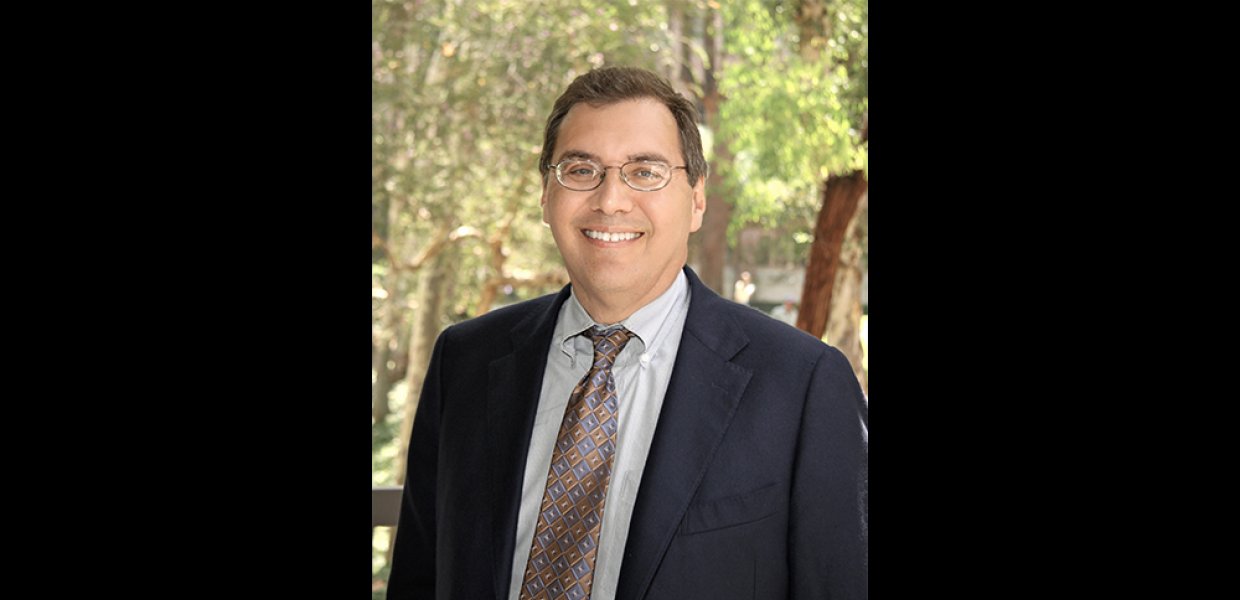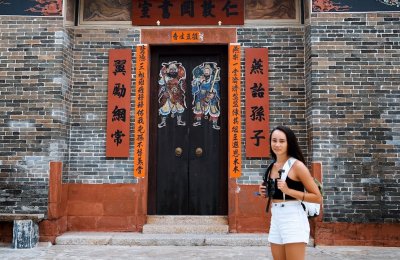Inside the classrooms at USC Annenberg, students are the ones typically tasked with answering the hard hitting questions. "Five Minutes with..." turns the table on faculty and staff to ask them the hard questions.
From his Southern roots in Texas with stints in New York and elsewhere, Associate Professor in Journalism and newly minted Associate Dean for Diversity, Inclusion and Strategic Initiatives, Bill Celis, has always been involved in diversity issues and initiatives. In fact, they're a part of who he is. With his new title also comes new responsiblity to ensure discussion of gender, race and class in Annenberg classrooms, meetings and on search committees.
Along the way, Celis reflected on his favorite moments teaching at USC Annenberg. He shared a few thoughts with us about how important the discussion and implementation of diversity is.
Congratulations on your new title, Associate Dean for Diversity, Inclusion and Strategic Initiatives. What do you foresee doing in your new role?
There’s a lot tucked into this new position, from documenting for the Provost’s Office the school’s progress in hiring across programs to enhancing existing diversity efforts to building new initiatives. Part of enhancing conversations and thought about diversity will always be through curriculum—in my view, the most important space for this work —and through panels and ongoing programming. More difficult, perhaps, is creating safe spaces to discuss class, ethnicity, gender and race in classrooms, faculty meetings and search committees. In chairing the 2010-2011 Annenberg Diversity Initiative, students, staff and faculty were often reluctant to discuss how race, class and gender played out across the school. Eventually, everyone became more comfortable discussing their views. One goal—perhaps the most important—is allowing people to feel comfortable with being uncomfortable because, from this space, much is possible.
Why is it important for USC Annenberg to embrace diversity initiatives?
Understanding the communities we write about across the school’s disciplines has always been important, but maybe never more critical than today. Demographers for a while now have identified this generation of college students as the first truly global generation; they’ll be asked what their home country is, not their hometown. Social media is partly responsible because it’s made the world smaller, as have common interests from trade agreements, climate change, the international response to refugees and the growing presence of international students on U.S. campuses and in workplaces. We need to understand, more than we have in the past, the perspectives and values of communities and regions beyond our own and how to convey those views accurately and with context. At the same time, this new position is entrusted with supporting students of color and first generation college students, who are not always people of color, through stronger mentoring efforts and other formal programs that we will announce soon.
As chair of the Annenberg Diversity Initiative, you penned the “Celebrating Difference” report, which helped inspire changes in the school curriculum, faculty hiring at all levels and more diverse composition of school panels and projects. What kind of progress have you seen?
Eighteen students, staff, faculty and administrators worked for as many months reviewing through conversations and curriculum audits of all the degree programs at the school. We also reviewed hiring trends, recruitment and retention of students, staff and faculty and programming at the school. We discovered that Annenberg exceeded the efforts of many of our peer institutions, but we also learned there were areas for improvement. None of this was surprising. What surprised me and others was this: several degree programs instituted some of the recommendations we made even before the final report was released to the school community. I’d never seen this happen and I’ve served on several diversity committees or initiatives including those at The New York Times to USC Annenberg. We’re in a good place at the school, but like most efforts, we could do more with greater effect.
What is your favorite memory as a classroom instructor?
My favorite classes to teach have been my education and urban affairs reporting courses. Both courses are typically reported from Watts, Compton and from the old South Central corridor. I know I’ve done my job when my students who are not from these communities return with multimedia projects that connect the dots, reflecting understanding not only the contemporary issues, but the underlying history that contributed to whatever urban issue they’re writing about. Students who manage to work the Kerner Commission in their reporting, for example, make me smile.
How will a Donald Trump administration affect your initiatives?
I attended the Los Angeles International Airport protests against Trump’s executive order on citizens from Muslim majority countries. I wasn’t planning to go, but friends invited me to join them, and I used the opportunity to do on-the-ground work and research. I dusted off my Tweeting skills, reported and shot video, and I interviewed several protestors. It became clear to me that several of them had gleaned facts from incomplete news reports or had wrong information. This one event—and there will be other opportunities with this administration—underscored how we should double down on the training that occurs at the Annenberg School, beginning with a deeper understanding of our diverse communities and ensuring conversations about accuracy, analysis and context are firmly embedded in all our courses.
You were named one of the country’s 100 Web-Savvy Professors in the past—how will you incorporate that at Annenberg in your new role?
So much information now is conveyed on digital platforms that any initiative should be presented and distributed via these platforms, as well as through traditional means—when appropriate—to address audience and the digital divide. We must keep up to engage.
What made you interested in diversity and inclusion initiatives?
There’s never been a time when diversity and inclusion weren’t part of my life. I grew up in the U.S. Air Force because of my father’s military career. My best friends were Jeff Wagner, a white boy from New Jersey, and Donetta Warrick, a black girl from Alabama. That we were in the same classroom in the 1960s was the result of President Truman’s 1948 executive order desegregating the military. Schools were integrated because housing on military bases was integrated. When we went to Sunday services at the base chapel, the janitors used a crank to move the mechanism that displayed the Catholic crucifix, the star of David and the Protestant cross. I have Red State roots and I’m the grandson of Mexican immigrants, the son of working-class parents, a first-generation college student and a feminist, thanks to my three younger sisters. My feet are so firmly planted in so many different communities that to ignore diversity and inclusion would mean denying who I am.

